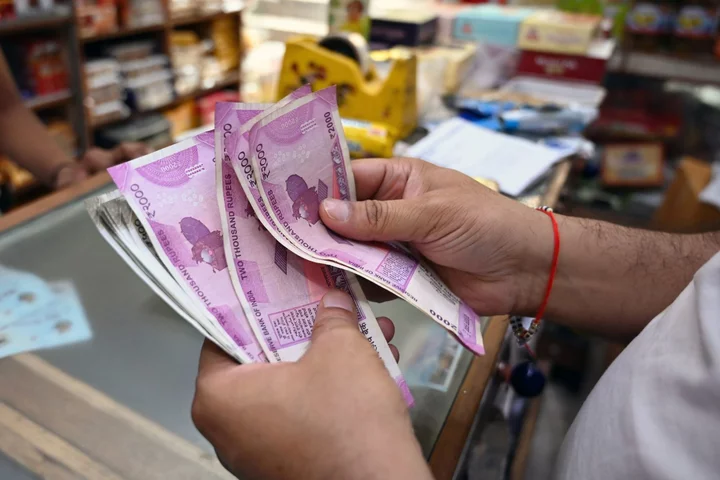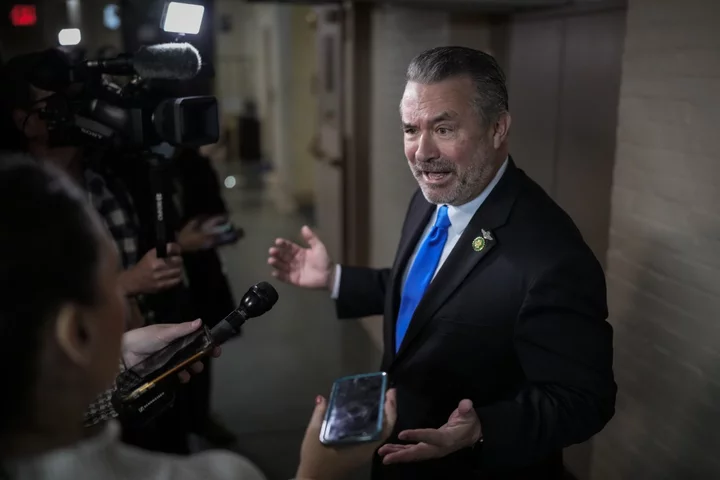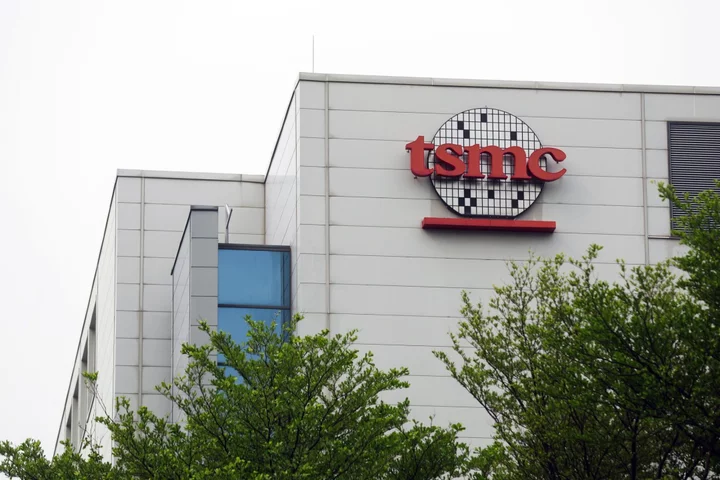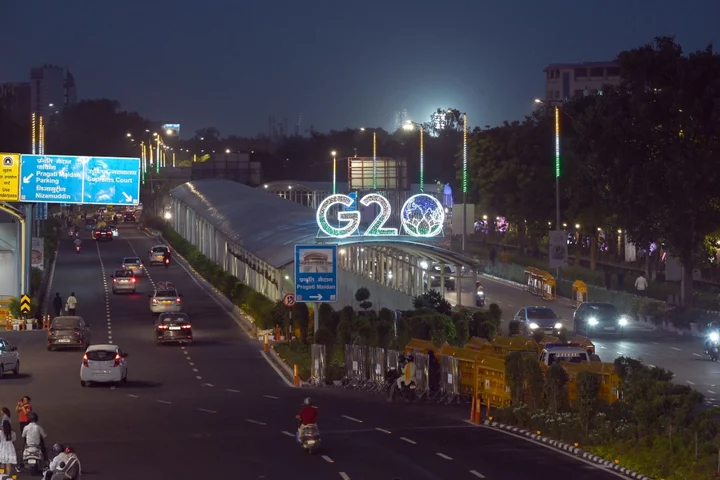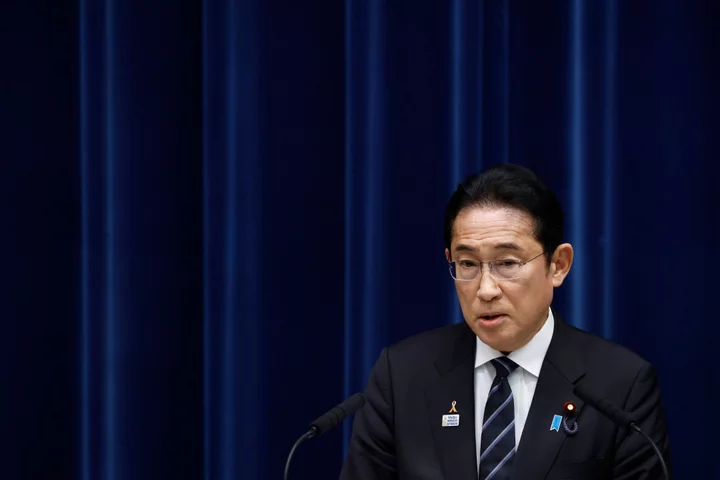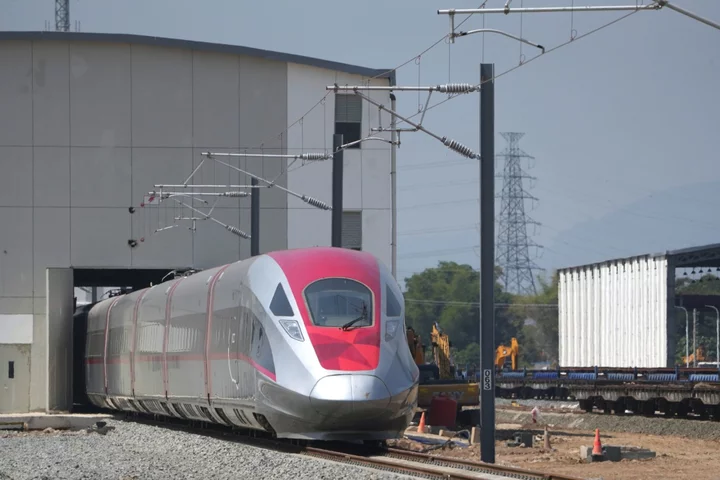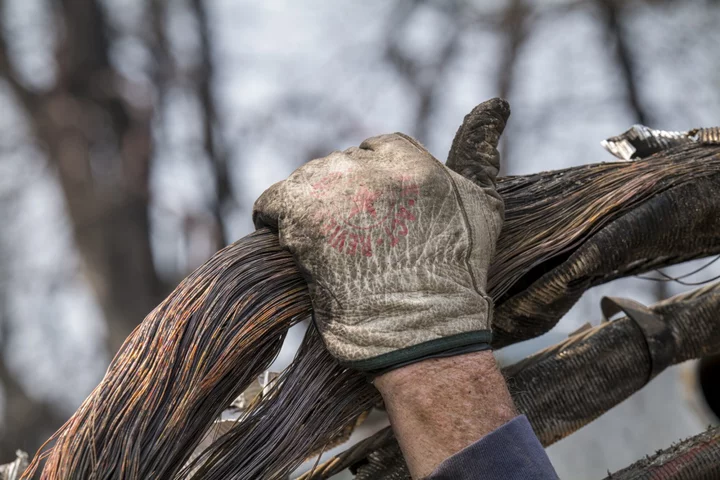India and the United Arab Emirates agreed to use their respective local currencies for cross-border transactions, as Prime Minister Narendra Modi pushes the rupee’s role on the global stage.
The two memorandum of understandings will facilitate “seamless cross border transactions and payments, and foster greater economic cooperation between the two countries,” the Reserve Bank of India said in a statement on Saturday, as Modi and the central bank’s Governor Shaktikanta Das inked the agreements with the UAE’s President Sheikh Mohammed Bin Zayed Al Nahyan in Abu Dhabi.
The pacts will help the countries build a framework for rupee-dirham transactions, along with interlinking payment and messaging systems, as well as their respective card switches, RuPay and UAESWITCH, allowing “mutual acceptance of domestic cards and processing of card transactions,” the central bank said.
The moves are closely entwined with Modi’s aspirations to take the rupee global as India positions itself as an alternative to China in manufacturing. So far, that year-long campaign has made little headway, Bloomberg News reported earlier this month.
Total local currency trade volumes are negligible at around 10 billion rupees ($120 million) since the project began, according to people familiar with the matter, compared with India’s total goods trade of $1.2 trillion in the last fiscal year.
Read more: Modi’s Push to Take Indian Rupee Global Gets Off to a Slow Start
Still, Saturday’s agreements will likely ease financial flows between the two nations. The UAE is a vital source of work for overseas Indians and accounts for 18% of total remittances sent back to the South Asian nation in 2020-21, second after the US, according to a government statement in February. According to World Bank estimates total remittances in India in 2022 stood at $111.2 billion.
--With assistance from Chiranjivi Chakraborty.

